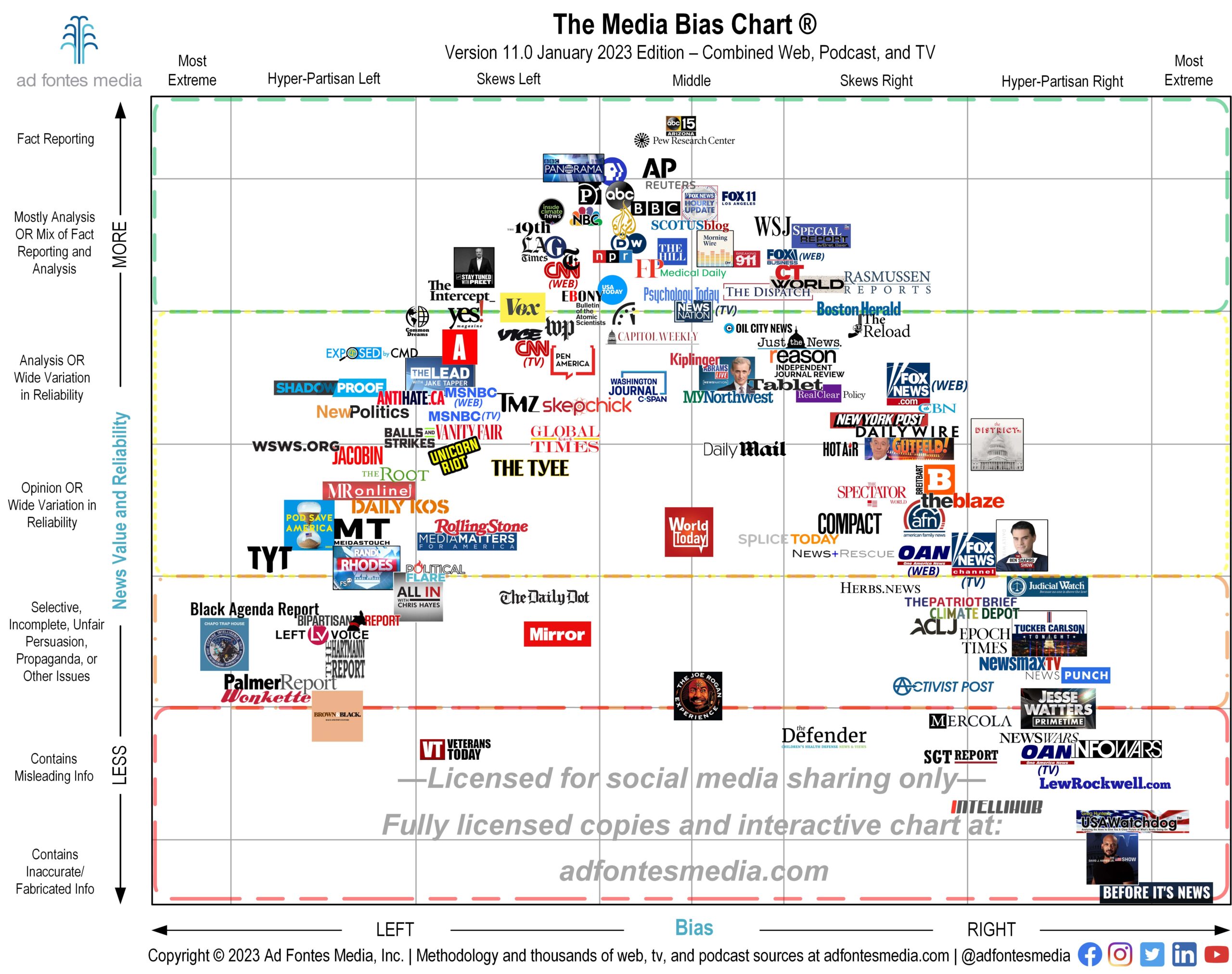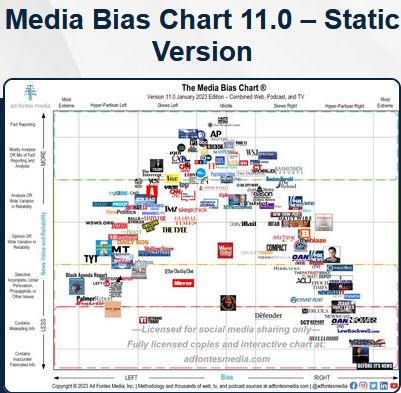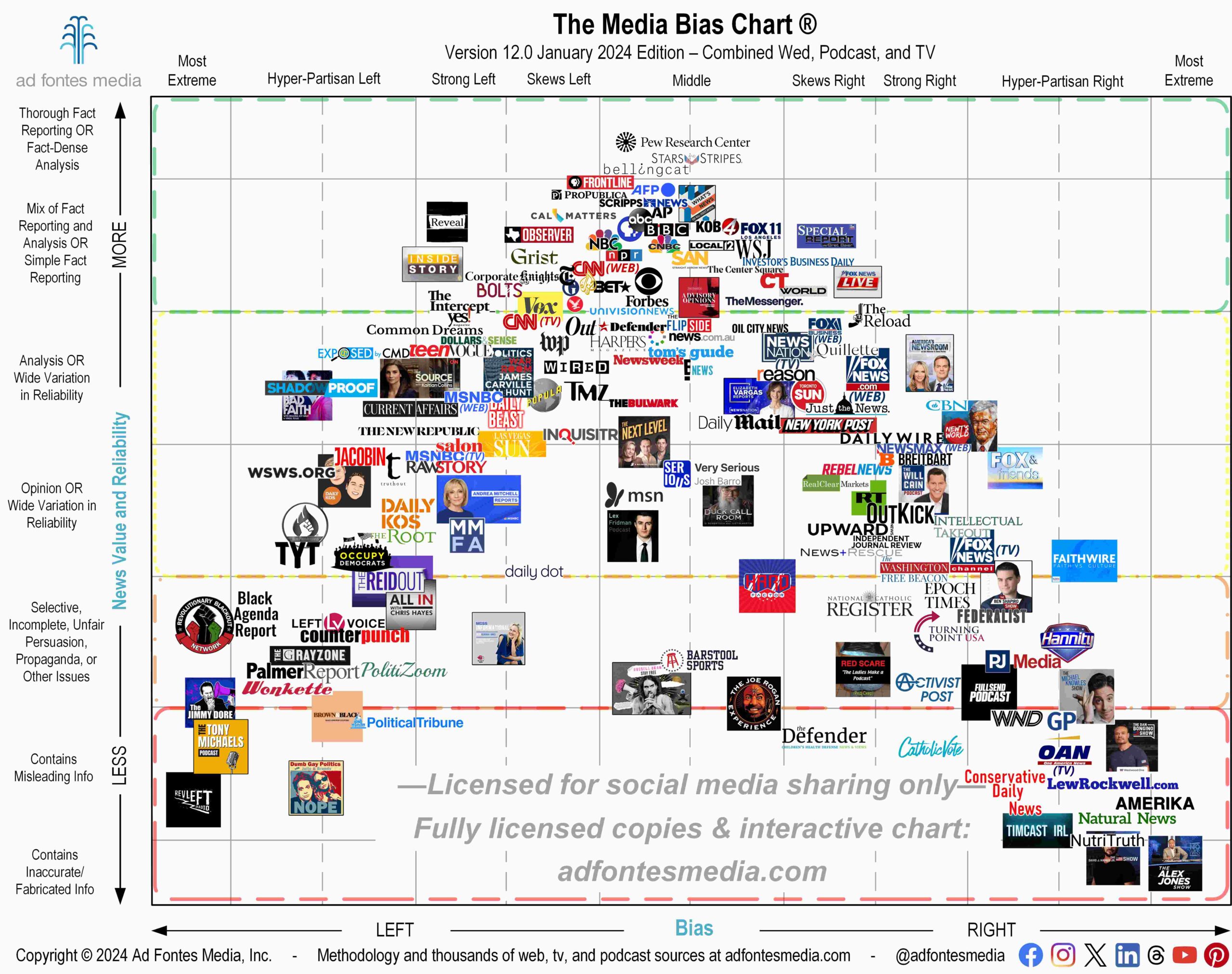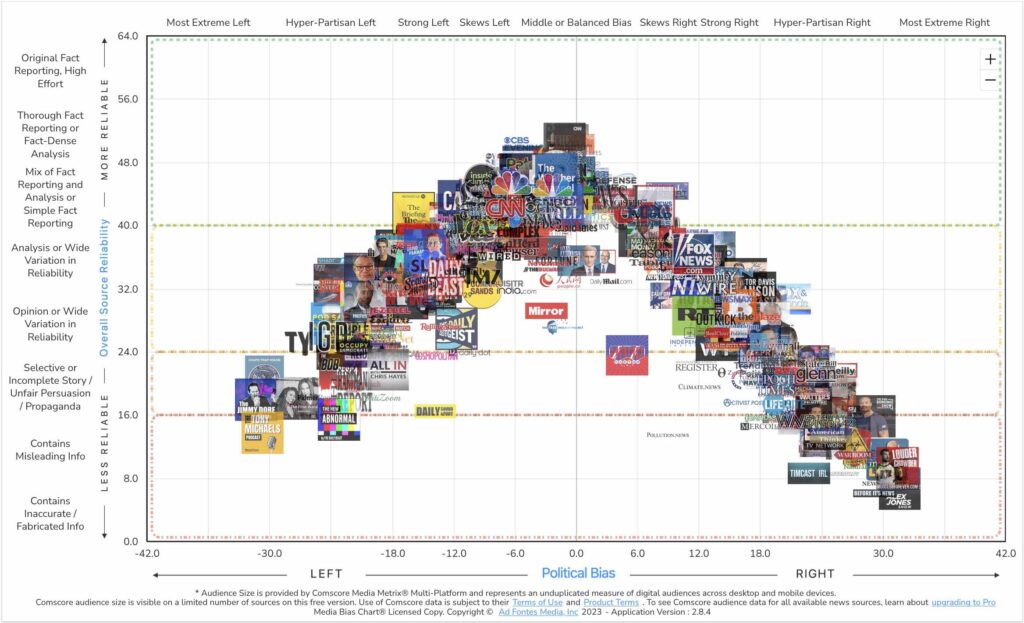Table of Contents
- Infographic Media Bias
- Media Bias Chart – Friends of Community Media
- Interactive Media Bias Chart: Classroom Premium (with Media Literacy ...
- How to make sure your COVID sources are credible – The Lancer Link
- Media Bias Chart Gallery - Public | Ad Fontes Media
- Media-Bias-Chart-11.0_Aug-2023-Licensed-scaled : r/charts
- Media Bias Chart: All Generalizations are False – Michael Sandberg's ...
- Infographic Media Bias
- “Media Bias” charts oversimplify a complex non-issue | by Anjali ...
- Media Bias Chart 2025 Interactive - Phil Hamilton



Understanding Media Bias



The Role of Media Bias Charts


Some of the most popular media bias charts include:
- AllSides Media Bias Chart: This chart rates news sources on a scale from "very liberal" to "very conservative" and provides a detailed analysis of each outlet's bias.
- Media Bias/Fact Check: This chart evaluates news sources based on their factual reporting and bias, providing a comprehensive overview of the media landscape.
- Ad Fontes Media Bias Chart: This chart uses a rigorous methodology to evaluate news sources, providing a detailed breakdown of each outlet's bias and factual reporting.


Why Media Literacy Matters
Media literacy is the ability to critically evaluate the information presented in the media. In today's information-rich environment, media literacy is more important than ever. By understanding how to identify and evaluate media bias, individuals can make informed decisions about the news they consume and avoid spreading misinformation. Media bias charts are a valuable tool in promoting media literacy, as they provide a quick and easy way to identify which news sources are more likely to present biased or misleading information. The spread of misinformation is a significant concern in today's digital age. Media bias charts are a valuable tool in combating this issue, as they provide a visual representation of the bias present in various news outlets. By consulting these charts and promoting media literacy, individuals can navigate the complex news landscape with confidence, making informed decisions about the news they consume and avoiding the spread of misinformation. As we move forward in this information-rich environment, it's essential that we prioritize media literacy and use tools like media bias charts to ensure that we're getting accurate and unbiased information.By being aware of media bias and taking steps to evaluate the information presented in the media, we can create a more informed and critically thinking public. This, in turn, can help to combat the spread of misinformation and promote a more nuanced understanding of the world around us.